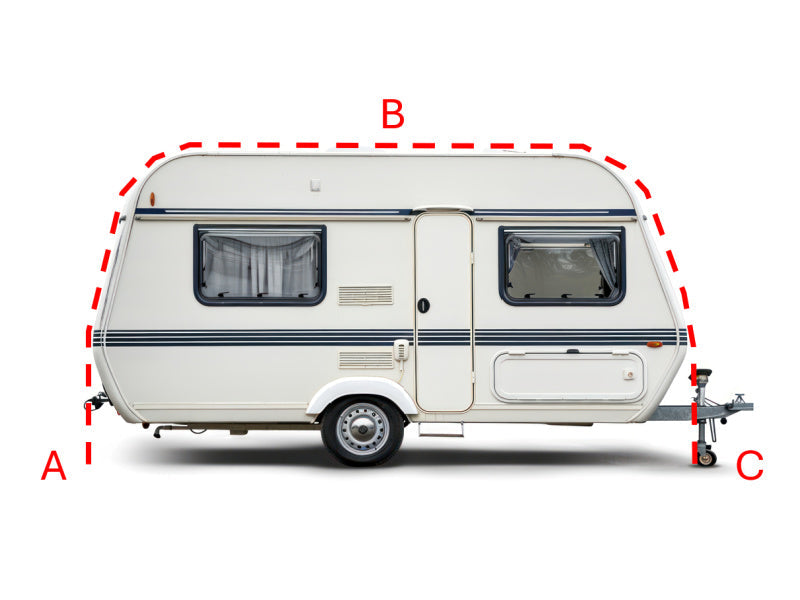What Appliances Can You Use on a 1000W Inverter?
Think your 1000W inverter—or shiny new portable power station—can handle a kettle, TV, and a mini disco? Not quite.
Short answer: it’s great for low-to-mid wattage gadgets like laptops, fans, lights, and some kitchen gear (not your hairdryer).
Curious what won’t make it go poof? Keep reading.
Understanding Your 1000W Inverter: Key Concepts & Limitations
What 1000 Watts Really Means for Your Appliances
A 1000W inverter converts DC power (usually from a battery) into AC power that’s safe for home appliances.
But 1000 watts doesn’t mean you can plug in any device under that number.
Some appliances behave differently at startup compared to their running state. That’s why understanding peak and continuous loads matters.

Continuous Power vs. Surge (Peak) Power Explained
Continuous power is what your inverter can deliver steadily.
Surge power, on the other hand, is a short burst of extra wattage—needed when appliances first switch on.
If your inverter can't handle that surge, the device might not start at all.
Why Appliance Startup Watts vs. Running Watts Matter
For example, a refrigerator may run at just 150W.
But during startup, it can briefly demand 800W or more.
Your inverter must be able to handle both to run the device reliably.
How to Find an Appliance's Wattage Rating
Look at the label on your appliance or check the manual.
You’ll often see volts and amps listed. Multiply them to get the wattage.
Plug-in watt meters or online charts can also help if the data isn't clear.
Factors That Impact Your 1000W Inverter's Performance
The Importance of Battery Capacity and Health
A healthy battery is crucial for consistent performance.
If your battery is old, weak, or undersized, it might not deliver the current needed.
This is especially true during surge loads.

Pure Sine Wave vs. Modified Sine Wave: Which is Better for Your Devices?
Pure sine wave inverters provide smooth, grid-like power.
They’re best for sensitive electronics such as laptops, TVs, or medical devices.
Modified sine wave inverters are cheaper, but can cause buzzing or overheating.
Voltage Drop: Cable Sizing and Length Considerations
If your cables are too long or too thin, voltage can drop.
This makes your inverter work harder and may cause shutdowns or poor performance.
Use thick, short cables whenever possible.
What You Can (And Can't) Safely Run on a 1000W Inverter
Common Appliances Typically Safe for a 1000W Inverter
Low-Power Electronics (Laptops, Phones, Chargers, Routers)
These are ideal for 1000W inverters.
Charging a phone, running a laptop, or powering a home router uses very little energy—usually between 5W and 50W.
Great for camping or remote work setups.
Entertainment Devices (LED/LCD TVs – smaller sizes, Game Consoles – less powerful)
LED televisions often draw 50W–100W, depending on the size.
Gaming consoles like the Switch or older PlayStations sit around 100W–200W.
They’re safe to run—but try not to combine them with other big items.
LED Lighting and Small Fans
LED bulbs are efficient, using just 5W–10W per bulb.
Small desktop or portable fans typically use 20W–50W.
These are excellent inverter-friendly options.

Select Small Kitchen Gadgets (Use with Caution: Check Wattage!)
Some low-wattage devices like slow cookers (200W) or mini food processors can work.
However, anything close to 1000W—like a toaster—should be used with caution.
Check the labels and avoid running more than one high-draw item at once.
Appliances Generally NOT Suitable for a 1000W Inverter
High-Wattage Heating Appliances (Microwaves, Electric Kettles, Hair Dryers, Toasters, Space Heaters)
These appliances tend to use 1200–2000W or more.
They will almost certainly trip or overload a 1000W inverter.
Even if they do run, you’re risking damage to both the inverter and device.
Devices with Large Motors or High Startup Surges (Refrigerators, Freezers, Air Conditioners, Most Power Tools)
While some fridges run on just 100–200W, they can spike to 700W+ on startup.
Air conditioners and many power tools behave similarly.
These surges can exceed your inverter’s limits, even if running power seems low.
Smart Tips for Using Your 1000W Inverter Effectively
Calculating Your Total Load: Don’t Overload!
Add up the wattage of everything you plan to run at once.
Include both running and startup watts.
Stay below 80–90% of the inverter’s total capacity for best performance.
Prioritising Your Power Needs
Do you really need a fan, lights, and a blender at the same time?
Focus on essentials first, and switch off items when not in use.
This helps avoid surprise shutdowns or inverter damage.
Considering Energy-Efficient Appliance Alternatives
LED bulbs, inverter-style gadgets, and devices with eco modes are your friends.
They stretch your inverter’s usefulness and reduce battery drain.
This is especially handy when using portable power stations or living off-grid.
Other content you might like:
- What Is the Difference Between an Inverter and a Power Station?
- Can You Charge a Portable Power Station With a Solar Panel?
- Is 200W Solar Enough for Camping?
- Can I Plug My Motorhome Into a Portable Power Station?
- How to Operate a Portable Power Station?
- How Does a Power Station Work Step by Step?
- How to Know if a Portable Power Station Is Fully Charged?
- How Long Does a Portable Power Station Hold Its Charge?
- Can You Overcharge a Portable?
- Can I Use My Portable Power Station While Charging?
- How Do Portable Power Stations Work?





Leave a comment